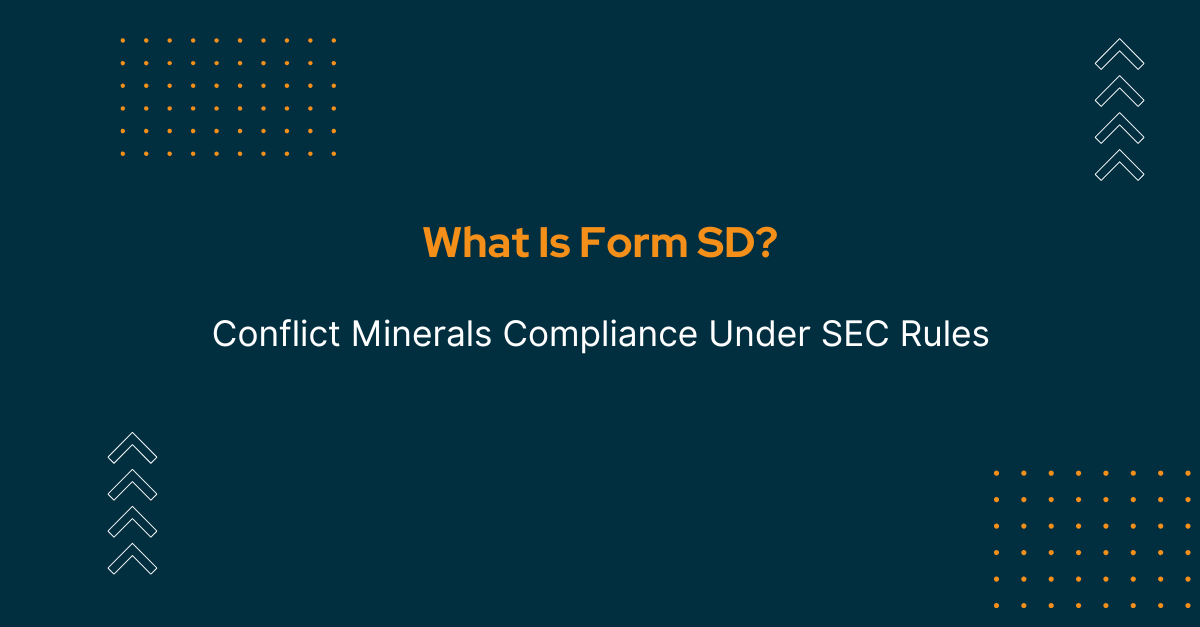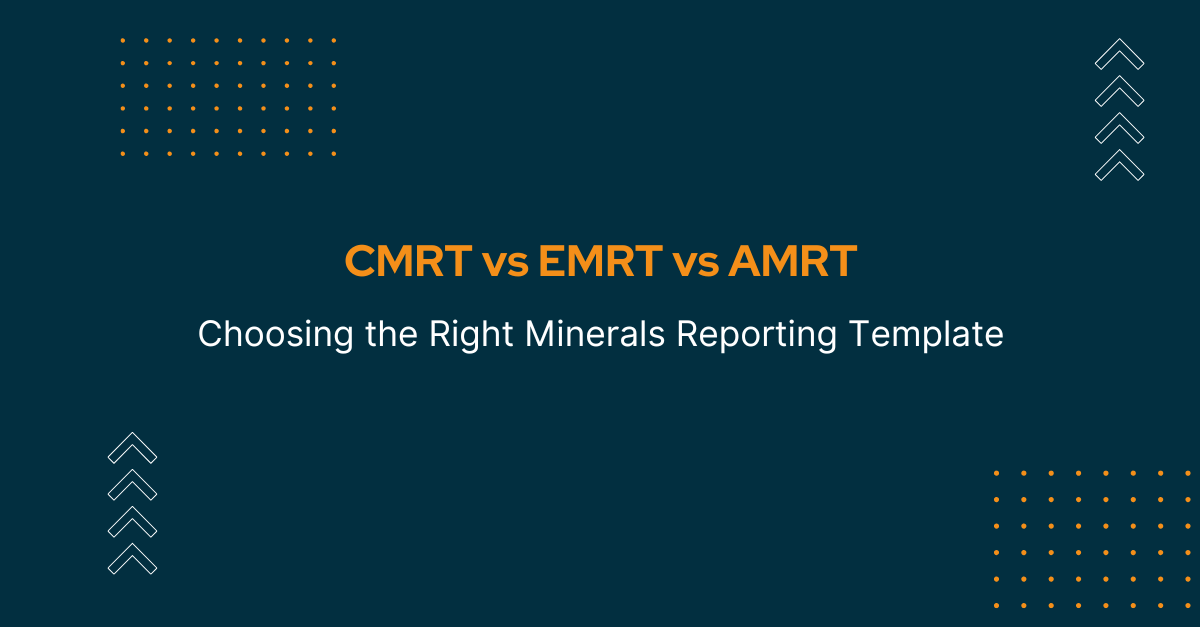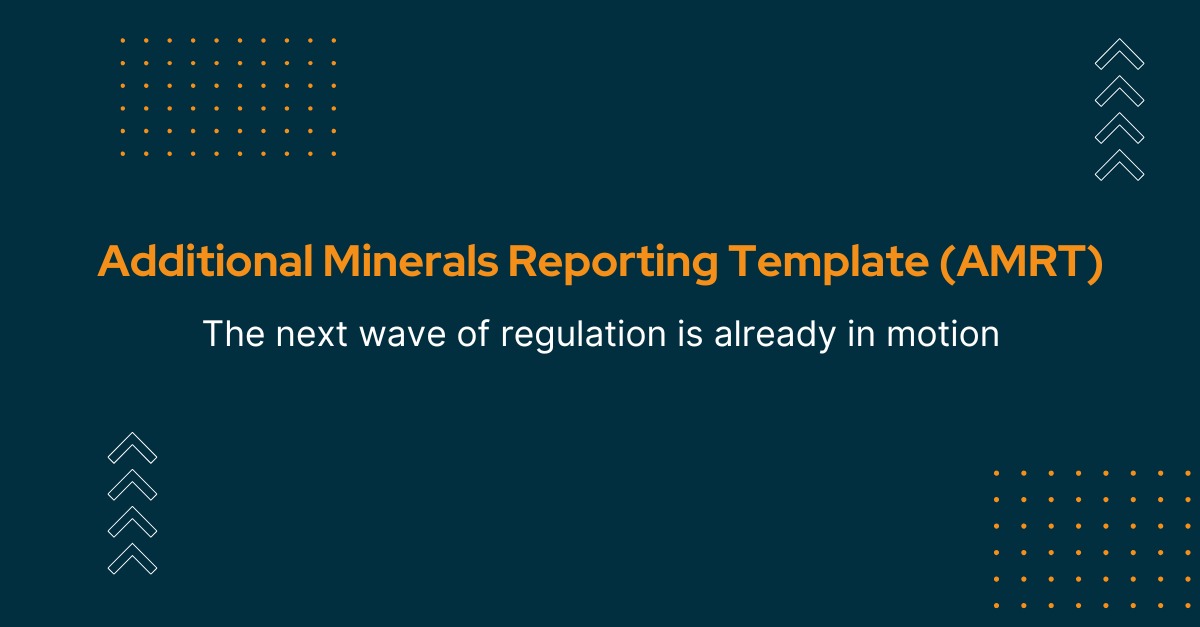Table of Contents
On April 23, 2024, the European Parliament made a significant stride in combating forced labor within and beyond its borders, as it passed the EU Forced Labour Regulation with an overwhelming majority—555 of 606 votes in favor. This regulation represents a crucial development in global labor rights, aimed at eliminating forced labor from international supply chains.
Overview of the EU Forced Labour Regulation
The EU Forced Labour Regulation is comprehensive in scope and application, designed to tackle forced labor practices across the globe. It applies to all goods, including those sold through online marketplaces, ensuring a wide-ranging impact. The regulation introduces a robust sanctions framework, which includes import and export bans, mandatory withdrawal from the EU market, and directives on how goods made with forced labor should be disposed of, emphasizing options like recycling over donation.
A particularly innovative feature of the EU Forced Labour Regulation is its approach to state-imposed forced labor. The regulation establishes a high-risk list to inform enforcement actions, a strategic tool that enhances the EU's ability to monitor and respond to forced labor practices in high-risk regions effectively.
Key Developments and Governance of the EU Forced Labour Regulation
One of the pivotal changes in the final version of the EU Forced Labour Regulation concerns its governance mechanism. The European Commission has been designated to handle the majority of oversight and enforcement cases, centralizing authority to ensure consistent application across EU member states.
This adjustment was made following extensive negotiations and consultations led by MEP Samira Rafaela and MEP Leitao Marques, who played crucial roles in navigating this legislation through the legislative process, significantly improving upon the initial proposals from the European Commission.
Key Provisions of the Regulation
- Scope and Coverage: The regulation applies to all goods traded within the EU and those imported into the EU, regardless of where they are produced.
- Corporate Accountability: Companies are required to ensure their supply chains are free from forced labour, with stringent checks and documentation needed to prove compliance.
- Enforcement Mechanisms: Authorities will have the power to investigate and penalize non-compliant businesses, including banning the sale of products linked to forced labour.
- Consumer Assurance: The regulation aims to provide consumers with confidence that the products they purchase are ethically produced.
Critical Perspectives and Future Directions
Despite the regulation's strengths, certain proposals such as specific remediation requirements did not make it into the final version. However, these aspects are expected to be addressed in the forthcoming EU Corporate Sustainability Due Diligence Directive (CSDDD), which is slated for a vote soon.
CSDDD will mandate that companies to conduct thorough due diligence on their supply chains to ensure compliance with human rights and environmental standards.
Key Elements of the CSDDD on the Forced Labour Regulation
- Mandatory Due Diligence: Companies must identify, prevent, and mitigate adverse human rights and environmental impacts within their supply chains.
- Transparency and Reporting: Businesses are required to report publicly on their due diligence practices and outcomes, promoting transparency.
- Stakeholder Engagement: The directive encourages companies to engage with stakeholders, including workers, local communities, and NGOs, to address potential risks.
The regulation’s formal adoption is pending a corrigendum procedure post-EU elections, with full enforcement anticipated by the end of Q3 2027. This gives companies and stakeholders approximately three years to comply with the new regulations.
Global Implications and Strategic Importance
The EU Forced Labour Regulation not only aligns the EU with other major global economies in combating forced labor but also positions it as a leader in promoting ethical labor practices worldwide. The regulation facilitates stronger international cooperation, particularly with key producing countries and like-minded trade partners. For example, MEP Samira Rafaela's recent mission to the US highlighted the importance of international engagement in ensuring the effective implementation of this regulation.
Moving Forward: What’s Next?
With the Forced Labour Regulation set to come into force in two years, businesses and regulators have a critical period to prepare for its implementation. This time will be used to develop the necessary infrastructure, guidelines, and enforcement mechanisms to ensure the regulation’s success.
Key Steps for Businesses
- Conduct Supply Chain Audits: Identify and address potential risks of forced labour in existing supply chains.
- Engage with Stakeholders: Collaborate with workers, NGOs, and local communities to strengthen due diligence processes.
- Invest in Training and Resources: Equip staff and partners with the knowledge and tools to comply with the new regulations.
- Monitor and Report: Establish robust monitoring and reporting systems to track compliance and address issues proactively.
Conclusion
The approval of the EU Forced Labour Regulation marks a landmark moment in the fight against modern slavery. By setting stringent controls on goods produced with forced labor and establishing a solid framework for international collaboration, the EU is taking a significant step towards creating a more ethical global trading environment. As this regulation moves towards implementation, its success will largely depend on continuous engagement with all stakeholders, ensuring that the ambitious goals of the EU Forced Labour Regulation are achieved.



